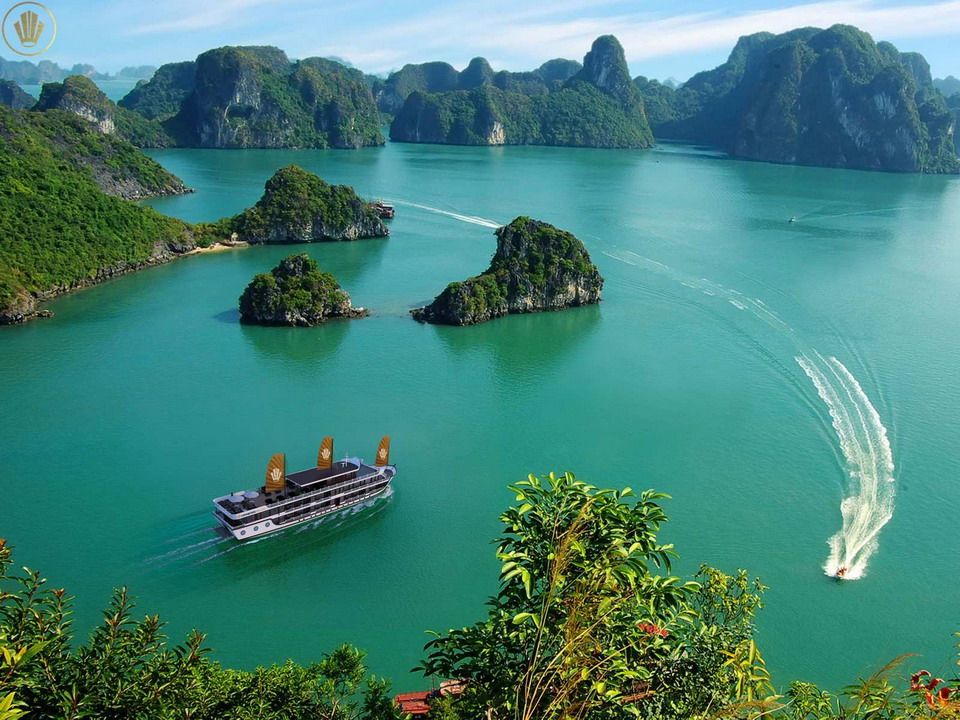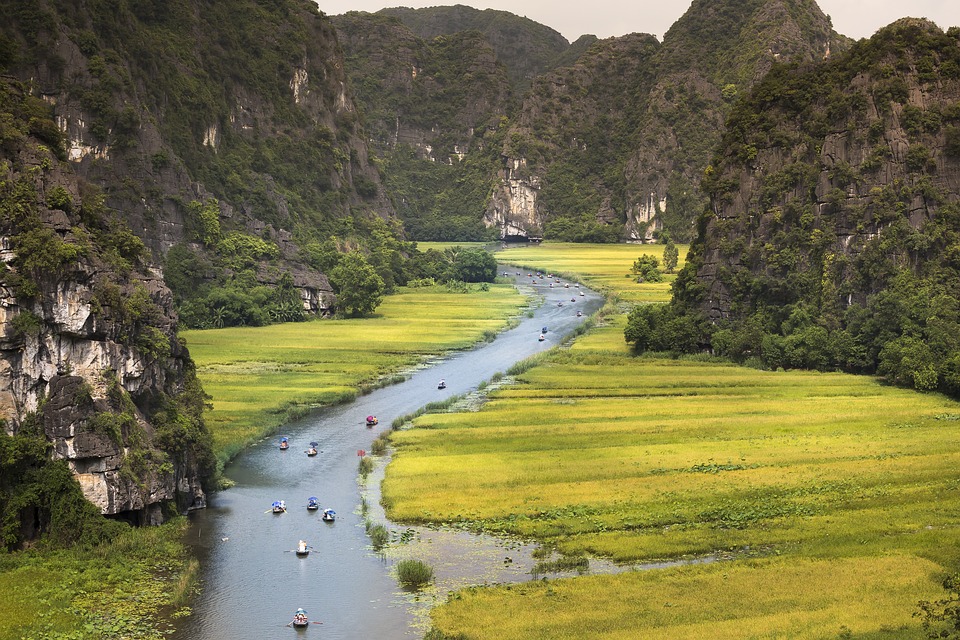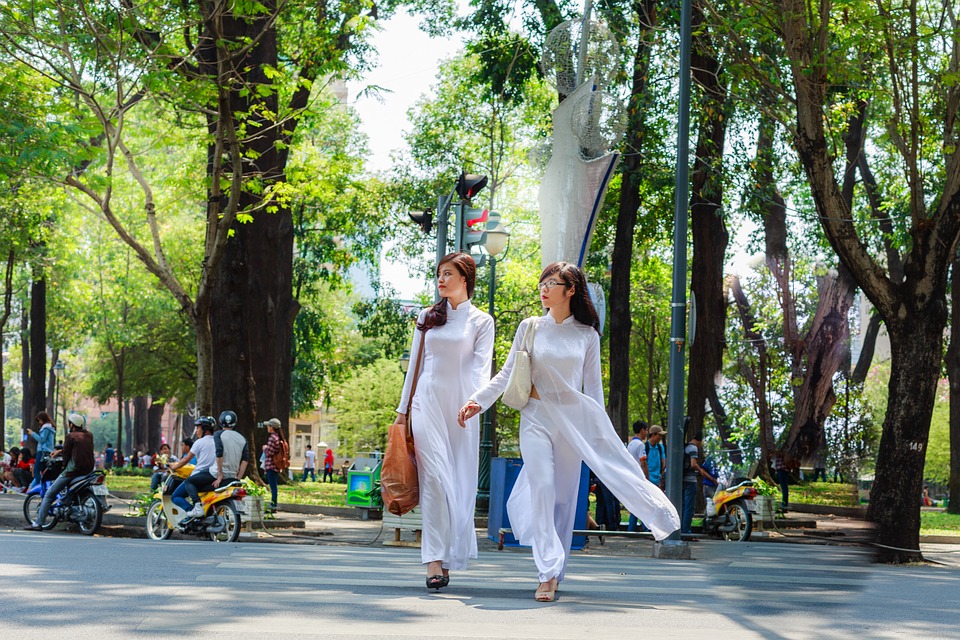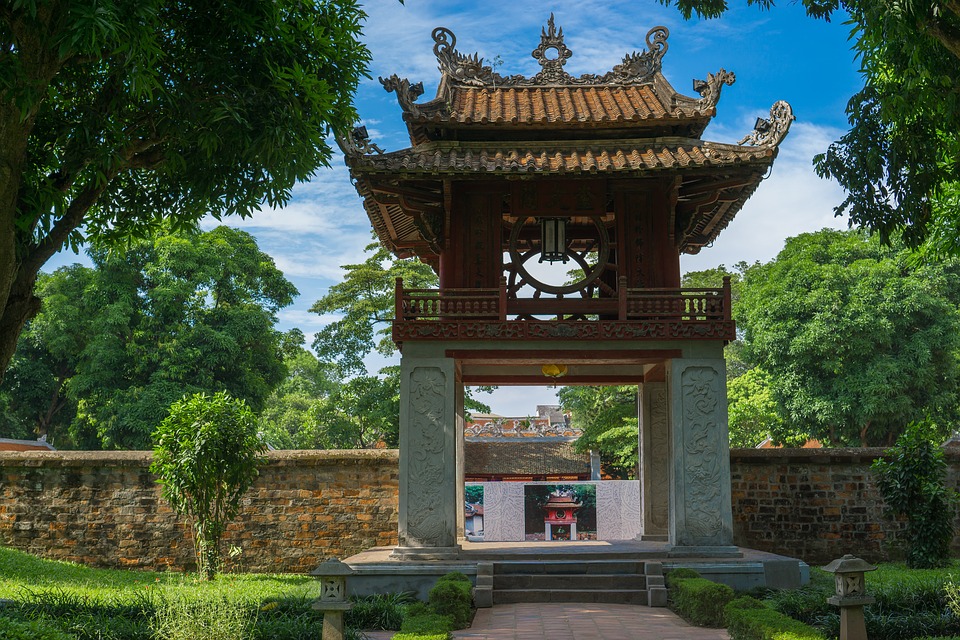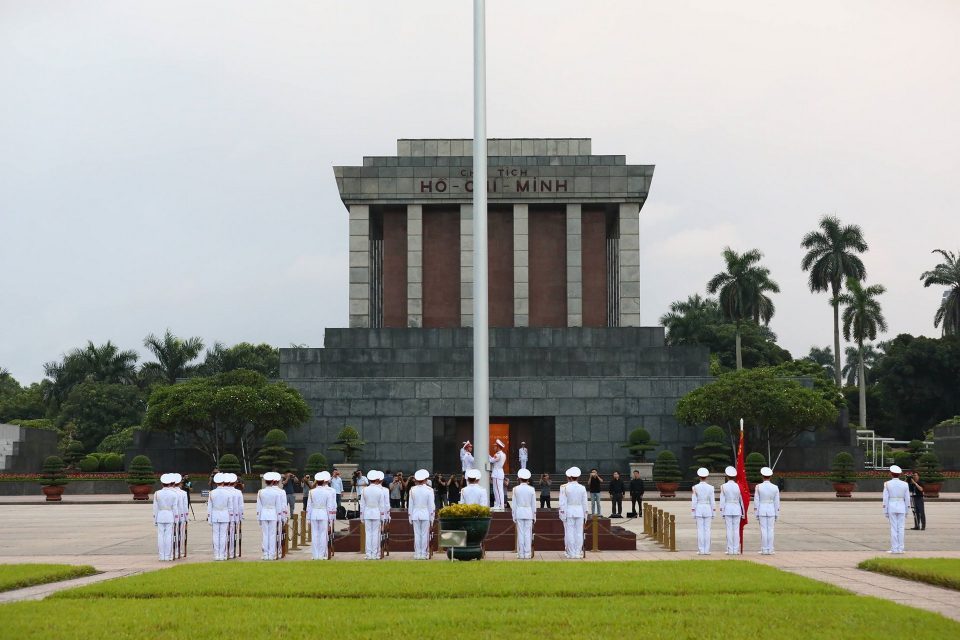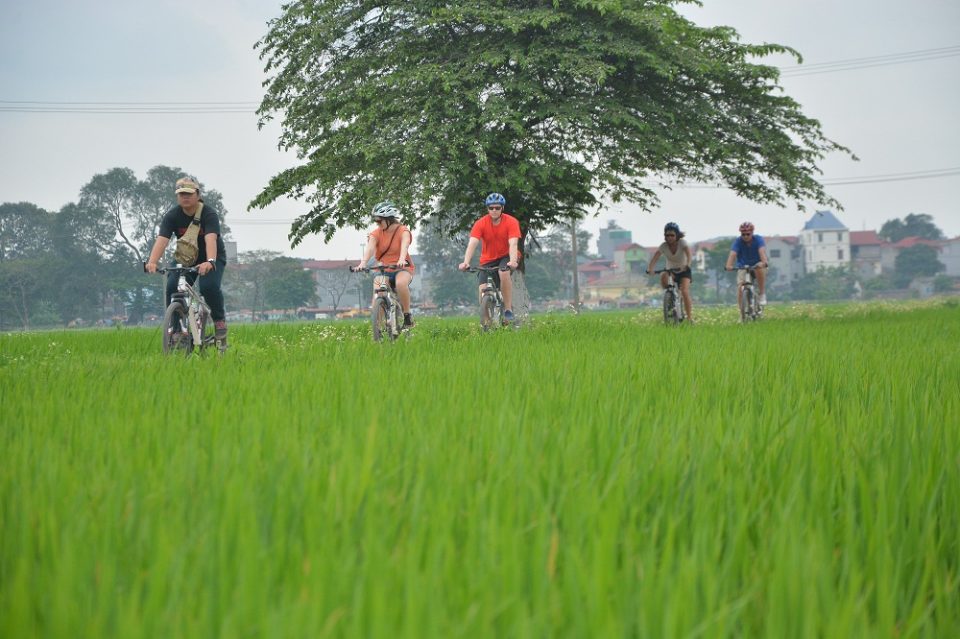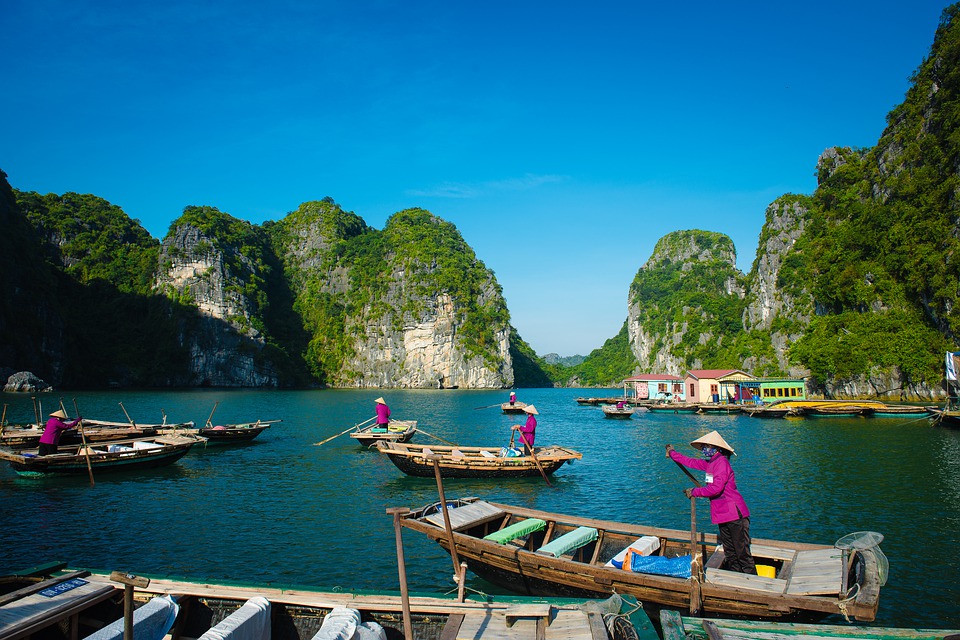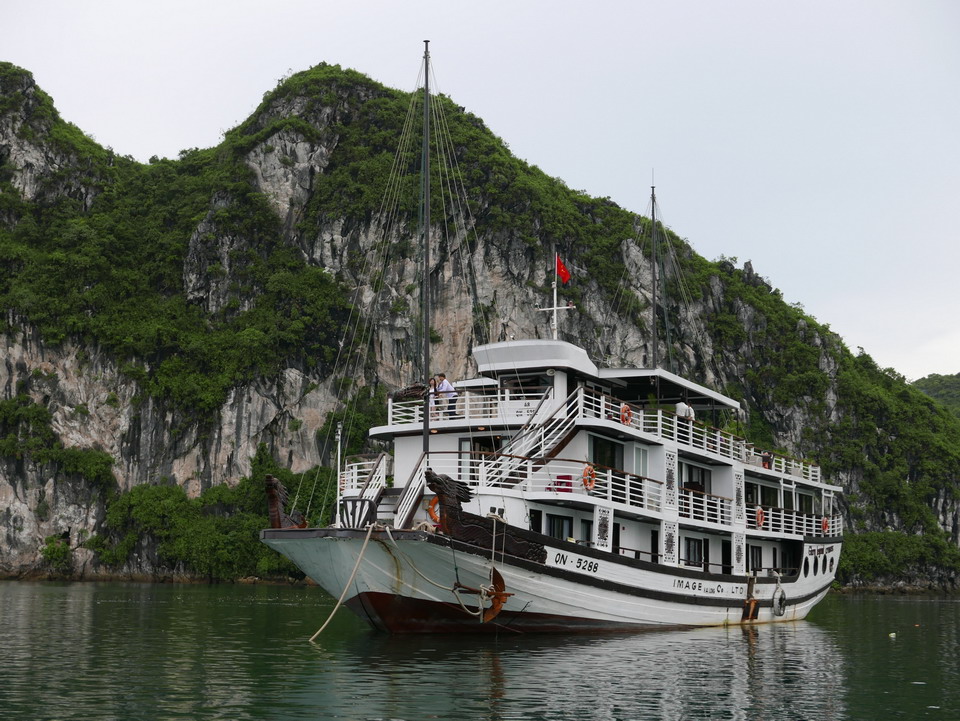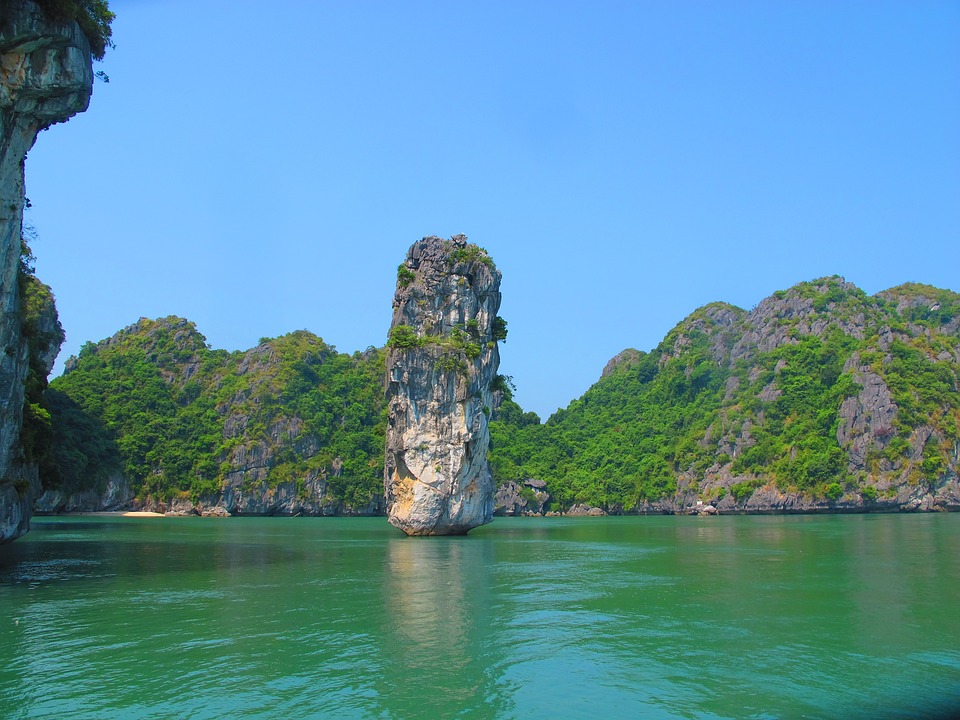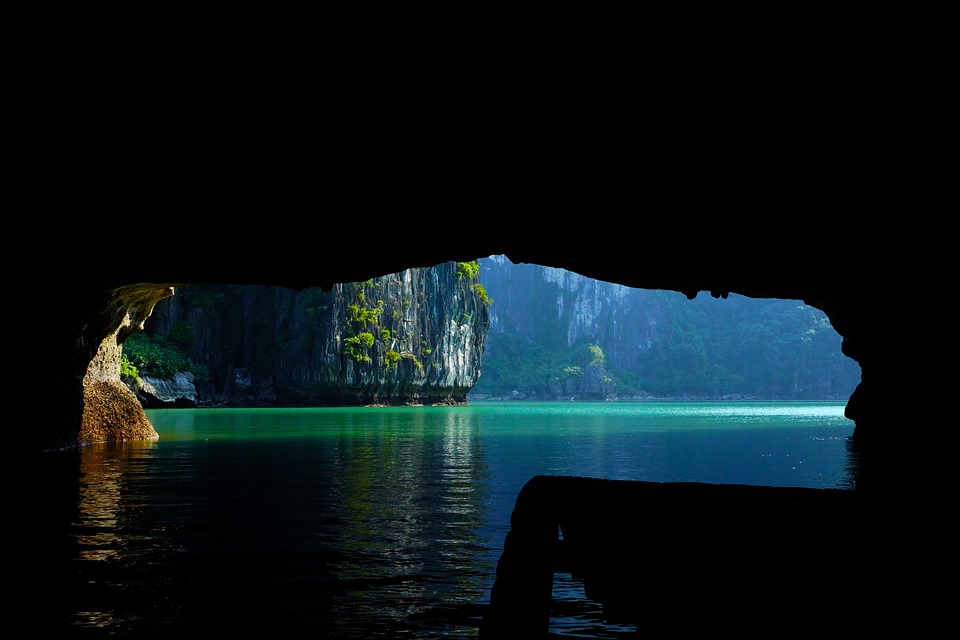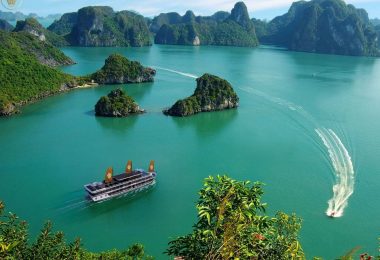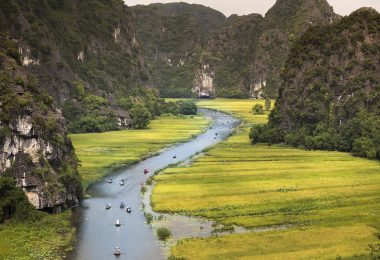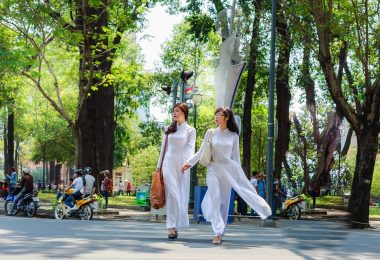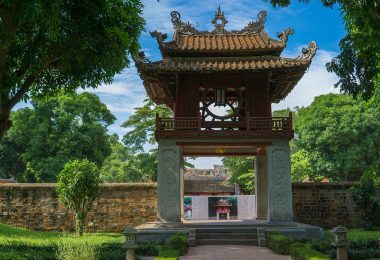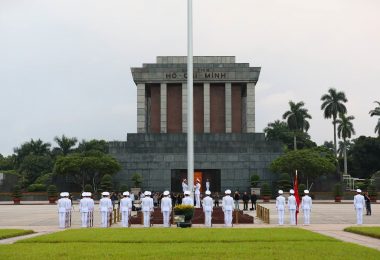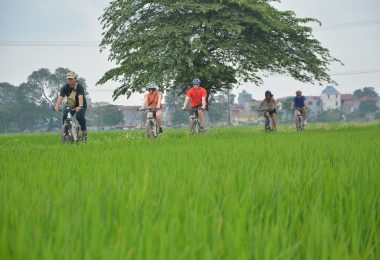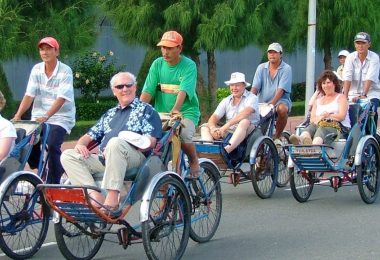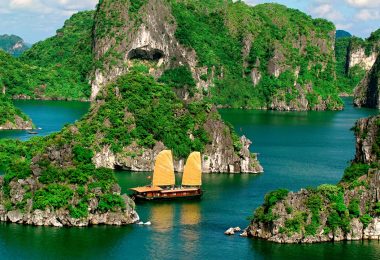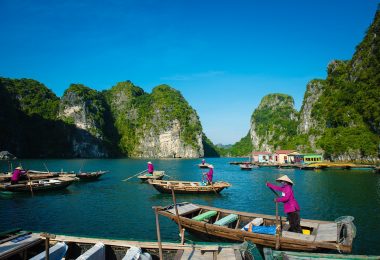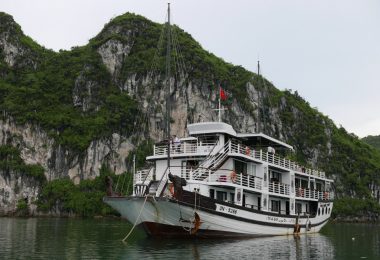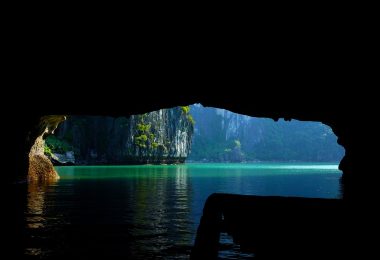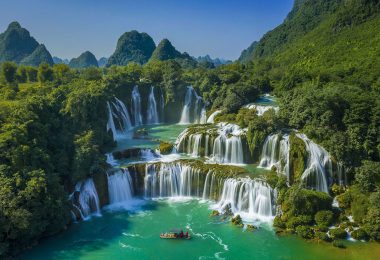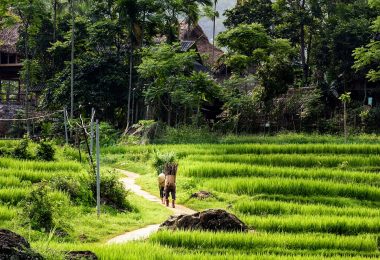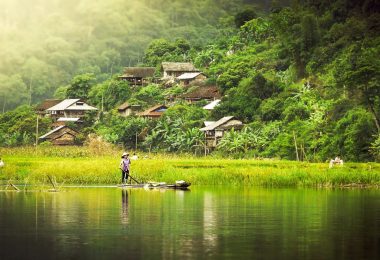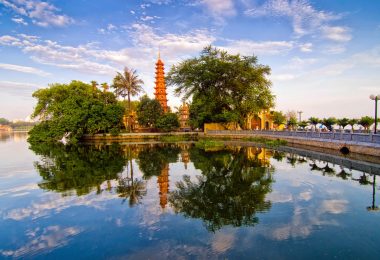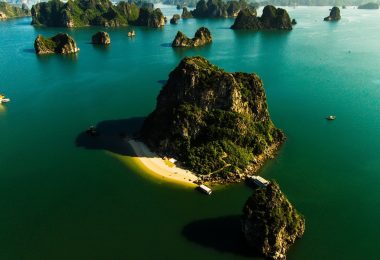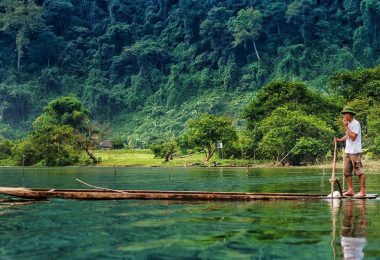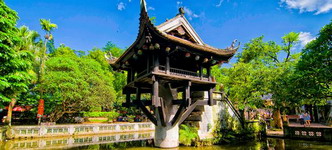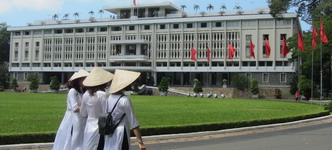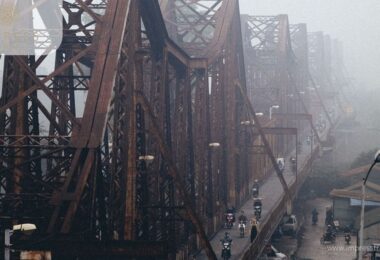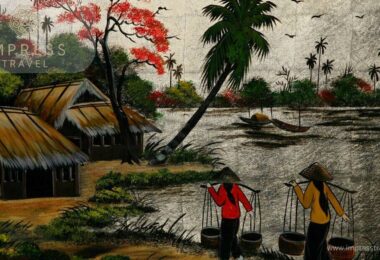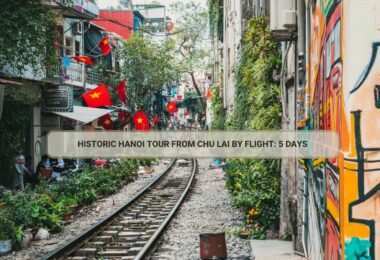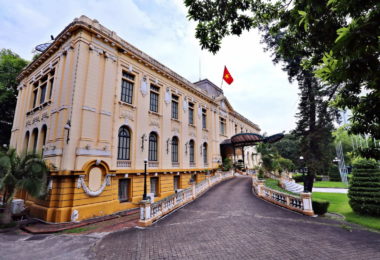Total Costs of Operations
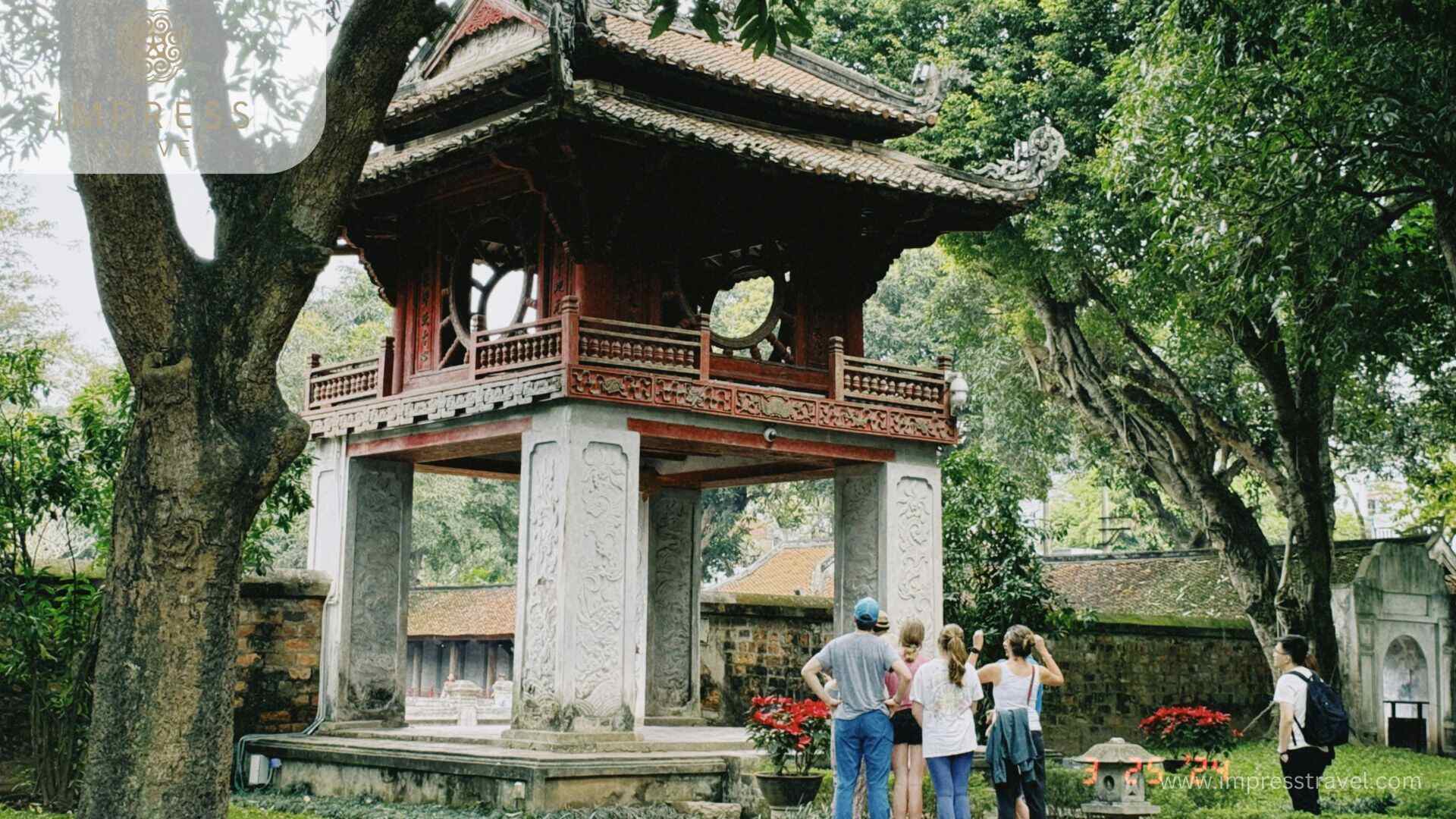
The Temple of Literature
Staff Salary for tour : As inflation grows, so do living expenses, so staff compensation must as well. Those that keep the tourist locations in excellent condition include tour guides, administrative staff, maintenance crews, and other employees.
Prices of utilities like water, electricity, and heating as well as necessary consumables like office supplies and cleaning materials increase along with inflation. Daily operation of tourist places depends on this.
Maintaining and Continually
Regular Maintenance: Tourist locations require routine maintenance to remain safe and attractive. This includes upkeep of the landscaping, all facilities, including cleaning and structural repairs.
Continual improvements and repairs are needed to keep attractions interesting. This can need costly renovations to the structure, updating of the exhibits, or enhancement of accessible services tour
The cost of the good and services
Materials: The price of the building, repair, and maintenance materials increases in lockstep with inflation. This covers necessities including paint, tools, and building supplies.
Contract Services: Many facilities engage outside contractors for specialized services including building, security, restoration, and cleaning. As inflation increases, so do the service prices for these sectors.
Preservation & Conservation
Among the specialist professionals and skills required to protect historical and cultural sites are historians, archaeologists, and environmentalist. Using these experts gets more expensive as inflation grows.
Costly as they are, modern preservation techniques and materials are necessary to maintain the integrity of cultural inheritance. Inflation is also driving up these expenditures.
Customers Services:
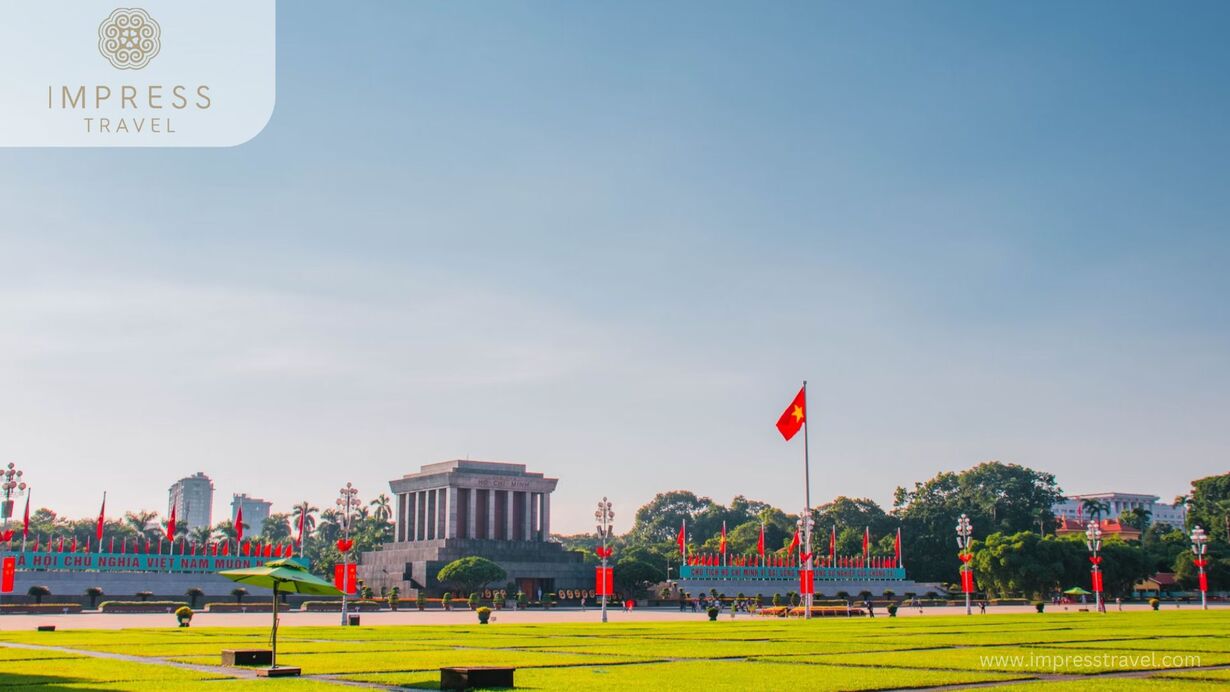
Ho Chi Minh Mausoleum from afar
Better Experiences: To justify their higher expenses, travel destinations regularly upgrade their infrastructure, bring in new attractions, and offer additional services. These enhancements are not free.
Technology Integration: Using state-of-the-art technology, such virtual tours, interactive displays, and online booking systems, requires a large financial commitment. Inflation drives up the costs of both these technologies and their deployment tour.
Organized Services and Facilities
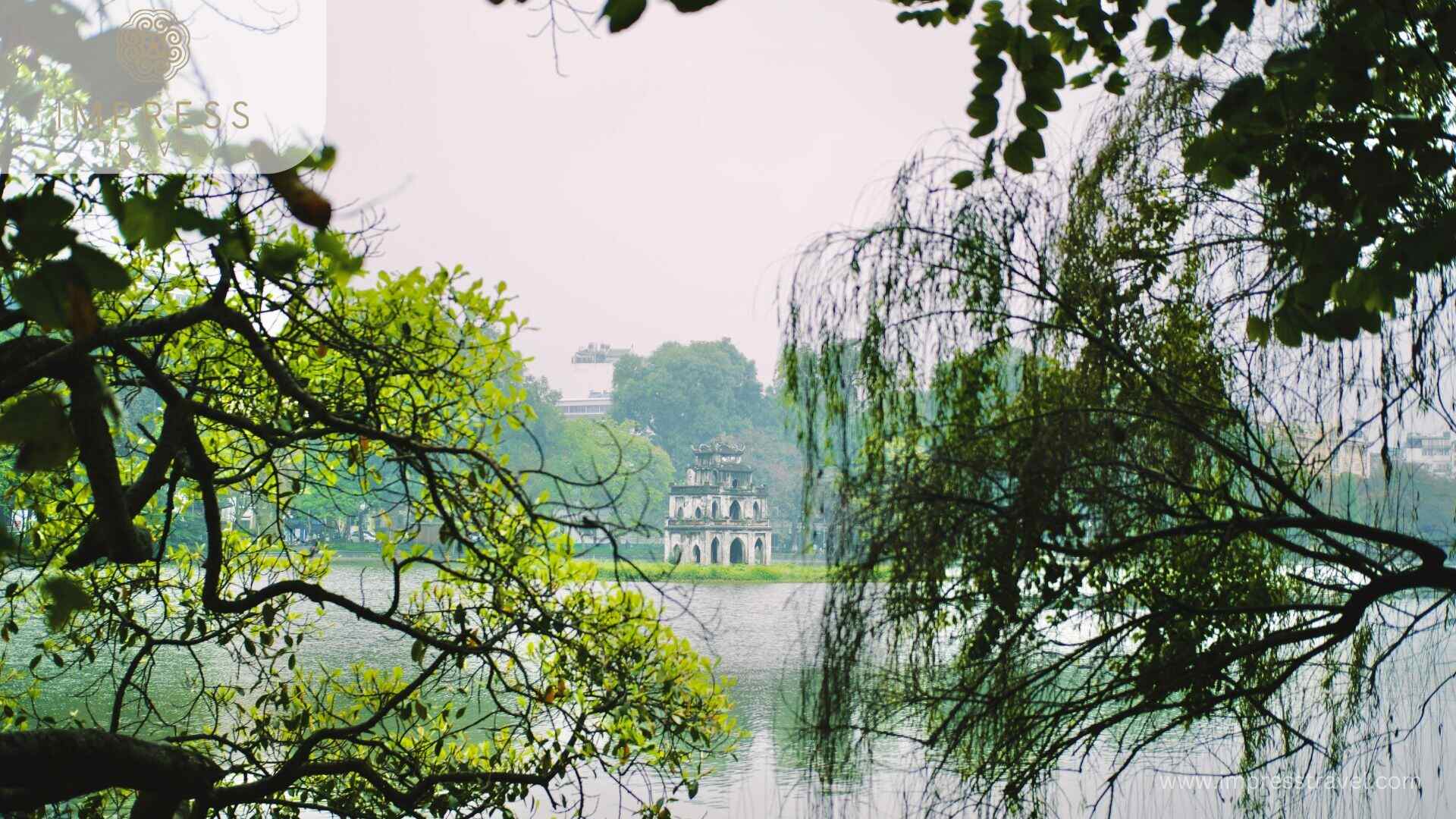
Hoan Kiem Lake
Enhanced Infrastructure
Modernized Facilities: Among the buildings that tourist destinations routinely renovate are restrooms, visitor centers, and seating areas. Modern, immaculate facilities improve the entire stay of visitors.
All guests can enjoy the sites in comfort thanks to improvements like ramps, lifts, and well marked walkways.
Exciting New Features
Interactive Exhibits: A lot of places have interactive exhibits and displays to further involve guests. These could include touchscreens, virtual and augmented reality capabilities, and all of them need substantial cost outlays.
Special Exhibitions: Temporary special exhibitions or distinctive displays draw in repeat business by offering fresh experiences. Placing up these exhibits involves costly curating, transportation, and security tour.
Benefits for Guests
Food & Beverage options: Improving the experience of visitors are new or renovated dining facilities, such cafés and restaurants, that offer quick and good food and beverage options.
Retail spaces: By offering unique, site-specific products, gift shops and other retail spaces can enhance the tourist experience and boost income.
Safety and the Environment
Upgraded Safety Measures: Investing in emergency response systems, better lighting, and security cameras ensures that visitors are in a safe atmosphere.
Climate Control: Interior space air conditioning and heating systems provide comfort, particularly in harsh weather.
More Services for Guests
Investing in staff training programs assures visitors will receive polite, knowledgeable, and helpful service, which will enhance their entire experience.
Multilingual Services: Increasing accessibility and enjoyment for all, offering staff services, guides, and signage in several languages caters to a larger spectrum of international visitors.
Maintainability of the Environment
Eco-Friendly activities: Among other eco-friendly activities, recycling programs, energy-efficient lighting, and sustainable building materials not only reduces the environmental impact but also attracts ecologically minded tourists.
Green Areas: By building and preserving green areas, gardens, and natural areas, the property becomes more visually appealing and visitors can enjoy serene, beautiful locations.
Programs for Conservation and Preservation

Ba Vi National Park
Structurally Sound Preservation
ancient Building Restoration: A lot of the attractions in Hanoi are ancient buildings that require continuous upkeep to keep their structural integrity. This covers stopping degradation by repairing roofs, foundations, and walls.
Antiques, artwork, and historical objects need particular care to prevent damage from pollution, temperature changes, and humidity. Many times, this calls for climate-controlled environments and expert management.
Professional Collaboration
Projects involving preservation sometimes require knowledge of archeology, history, conservation, and restoration. These professionals, however costly, are essential to maintaining the authenticity and integrity of cultural treasures.
Long-term maintenance of the property is facilitated by the employment of the most recent methods and technology by staff members who get continuous preservation technique training.
Using Cutting Edge Technology:
Two cutting edge technologies used to capture and analyze the current state of historical buildings are 3D modeling and laser scanning. Using these tools facilitates the planning of precise repair projects and the monitoring of changes over time.
Preventive conservation also uses technology; examples of this are sensors that detect changes in the environment, structural defects, or other potential threats to the integrity of the property.
Managing the Environment
Climate Control Systems: Installing and maintaining cutting edge climate control systems protects buildings and artifacts from humidity, temperature extremes, and other environmental threats.
Controlling pollution is essential in cities like Hanoi to reduce the detrimental effects of pollution on historic buildings. Examples of such measures are air purifiers and building protective coatings.
Conventional Maintenance
Scheduled Inspections: Frequent inspections and maintenance plans enable the identification and resolution of minor issues early in their creation. This comprises monitoring site condition, minor repairs, and upkeep.
Good groundskeeping and landscaping both enhance attractiveness and prevent environmental degradation of the place. This covers vegetation, erosion of the soil, and water drainage systems.
Resources and Finances
Government and private funding: Both public and private funding are needed for ongoing preservation initiatives. The increasing entrance fees significantly contribute to this fund.
Grant Programs: Organizing and seeking for grants meant especially for conservation and preservation projects may provide the additional money needed for these efforts.
Public Education and Involvement
Campaigns for Awareness: Educating the public about the need of preservation efforts encourages moral travel and support. Awareness raising activities can highlight the historical and cultural significance of the sites.
Volunteer Programmes: Participating in preservation activities by both locals and tourists fosters a sense of ownership and responsibility for the heritage sites.
Building of Infrastructure
Getting About and Accessibility
Better Roads and Pathways: Maintaining and enhancing the roadways, walkways, and paths in and around tourist locations increases accessibility for all visitors, but particularly for individuals with mobility issues. Well-paved paths, clear signage, and dedicated walkways facilitate simple and safe navigation of the attractions.
Enhancing the connections between buses, shuttles, and metros among other public transportation options makes it easier for tourists to go to significant places. Reliability and ease of use of public transportation reduce traffic and provide an environmentally friendly means of mobility.
Features for Guests
Modern restrooms: The comfort of visitors depends on the restrooms being kept up to date, clean, and well-maintained. Facilities including plenty of hand-washing stations, easily accessible stalls, and baby-changing stations improve the entire experience.
A single place to get services, tickets, and information is provided by creating or improving tourist centers. Among these amenities are information desks, multimedia displays, seating areas, and occasionally cafes or shops.
With reference to protection and safety:
Modern security measures, such cameras, alarm systems, and on-site security guards, ensure the safety of visitors and the property. This method is avoided vandalism, theft, and other security-related issues.
Strong emergency response plans including first aid stations, well indicated evacuation routes, and trained emergency personnel ensure that visitors are safe in case of an incident.
Technical Integration
Putting in place digital ticketing systems reduces wait times and expedites entry. E-tickets, automated turnstiles and online booking options all increase visitor convenience and expedite the process.
Developing mobile apps and interactive digital guides provides travelers with detailed information, maps, and specialised guidance. By use of interactive components and multimedia content, these resources enhance the self-guided tour experience and offer value.
Maintainability of the Environment
Green Building Techniques: Using sustainable building techniques in both new and restored structures reduces the environmental impact. Development of infrastructure can be matched with sustainability goals by using energy-efficient systems, environmentally friendly materials, and water-saving technology.
Waste Management Systems: Having effective waste management systems in place, such recycling initiatives and composting facilities, guarantees that tourist spots remain clean and environmentally friendly. Enough dumpsters and rubbish disposal education are supporting these programs.
Teaching Sales:
Professional Development: Funding extensive staff training initiatives ensures that staff members are courteous, knowledgeable, and able to provide top-notch service. This comprises training on the history of the site, in customer service, in emergency procedures, and in effectively responding to inquiries from guests.
Translation services and multilingual workers assist foreign visitors feel welcome and understood. This covers information and assistance in multiple languages.
Assisted Tours and Events:
Professionally led tours enhance the visiting experience by offering in-depth knowledge and an engaging tale about the history, importance, and unique features of the site.
Creating specialty tours that focus on certain interests—architecture, history, environment, or art, for instance—offers a tailored experience that appeals to a broad spectrum of tourists.
Information and Help
Building fully equipped information centers where visitors can pick up brochures, maps, and pointers on how to get the most out of the area. These centers often serve as a hub for ticketing, questions, and lost and found services.
Putting in place interactive kiosks with multimedia content, directions, and information allows visitors to autonomously explore and learn more about the attractions.
Accesibility Service Providers
Mobility Aids: Providing wheelchairs, scooters, and other mobility aids assures that visitors with disabilities may move around the property with ease. All around accessibility is also increased with ramps, elevators, and accessible pathways.
Sensory-Friendly Services: Among additional services that ensure that visitors with autism or sensory sensitivities feel at home are quiet rooms, noise-canceling headphones, and visual aid.
With reference to safety and health:
First Aid Stations: Several first aid stations dispersed across the site, manned by trained personnel and equipped with necessary medical equipment, ensure quick and effective care of any medical emergency.
Hygiene Measures: Enough hand sanitizing stations and excellent cleaning standards, particularly in the restrooms and dining areas, contribute to give each visitor a safe and healthy environment.
Accessible Features
Rest places: Including chairs, shade, and water stations in comfortable rest places allows visitors to relax and take their time exploring.
Offering safe locker and storage facilities where visitors may store their belongings enhances convenience and security.
Services Created with Families at Heart
Children’s Play Areas: Designating play areas with age-appropriate, safe equipment keeps younger guests happy and busy.
Family Restrooms: Young families are guaranteed comfortable and easy-to-use facilities if family restrooms have changing tables and chairs.
Integration of Technology
Mobile Apps: Offering easy access to information and options for independent exploration, mobile apps with capabilities like audio guides, interactive maps, virtual tours, and event schedules enhance the traveler experience.
All across the property, there is free Wi-Fi, so visitors can stay in touch, share their experiences on social media, and access location-related internet resources.
To sum up, a multitude of factors—inflation, enhancements to the tourist experience, preservation efforts, infrastructure development, government policies, economic pressures, and environmental sustainability—are causing the increase in entrance fees for fascinating sites in Hanoi. By guaranteeing the continuous upkeep and improvement of these websites, these price adjustments eventually improve the experience of the users.
Don’t forget to regularly follow our Facebook page and Website for more interesting information about traveling to Hanoi and to book Hanoi tours at the best prices.


































